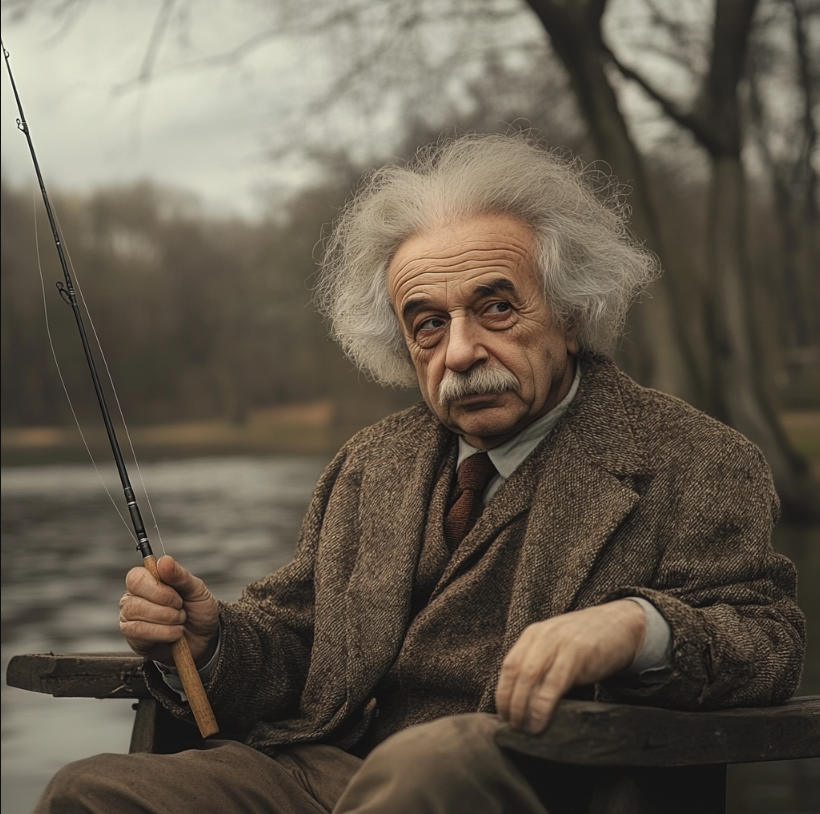You’ve seen many versions of the marketing funnel. Some of them are simply conceptual and don’t have any numbers attached to them. There might be a funnel that goes from awareness at the top and works its way down through interest, consideration, intent, evaluation, purchase. Funnels can also include key metrics and apply to a specific effort, like an email campaign. The top of the funnel is the list, then you narrow it down with sends, opens, clicks, purchases.
The marketing funnel is a useful mental model that provides a structured approach to marketing, but there’s a correct and an incorrect way to view the marketing funnel.
The correct way is to realize that the pool of people in each of those groups gets smaller, just like the diameter of the funnel gets smaller as you go down. The funnel also has a goal, as should your marketing. If you use actual numbers in the funnel, it can help expose areas in your campaign that need help. You can also make the sections of the funnel visually represent the drop-off in each part, which can show you what you need to work on.
For example, if there’s a big drop from the names on your list to legitimate sends, you need to clean your list, and if there’s a big drop from clicks to purchases, you need to work on your landing page.
The incorrect way to use the marketing funnel is to view it as a path that every customer goes through, in that order – the way liquid has to go through the entire funnel.
The funnel concept can oversimplify the buying process and it can ignore variations in customer behavior. Strict adherence to the funnel concept can cause inefficiencies and frustration. For example, if a salesman believes he has to take every prospect through each stage of the funnel he will alienate a lot of his potential customers.
That’s where the customer journey comes in. A good customer journey map doesn’t assume a single path for each customer. Each section of the customer journey has conditions for the people who qualify for that section, but those conditions don’t require having been through the previous sections of the journey. For example, if you already have someone’s email address, they skip directly to that section of the customer journey.
Also, a customer journey might branch out into different paths for different circumstances. The customer journey doesn’t assume that everyone ends up in the same place, the way a funnel does.
An example of a customer journey might be converting anonymous web visitors to known users, and then enhancing their customer record with certain key facts. Such a journey might have several paths, and several points of entry.
Both of these concepts are attempts to systematize the chaos and randomness of real life. Neither is perfect, but both of them have a place in understanding what’s going on with your customers and how you can improve your relationship with them each step of the way.




